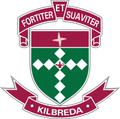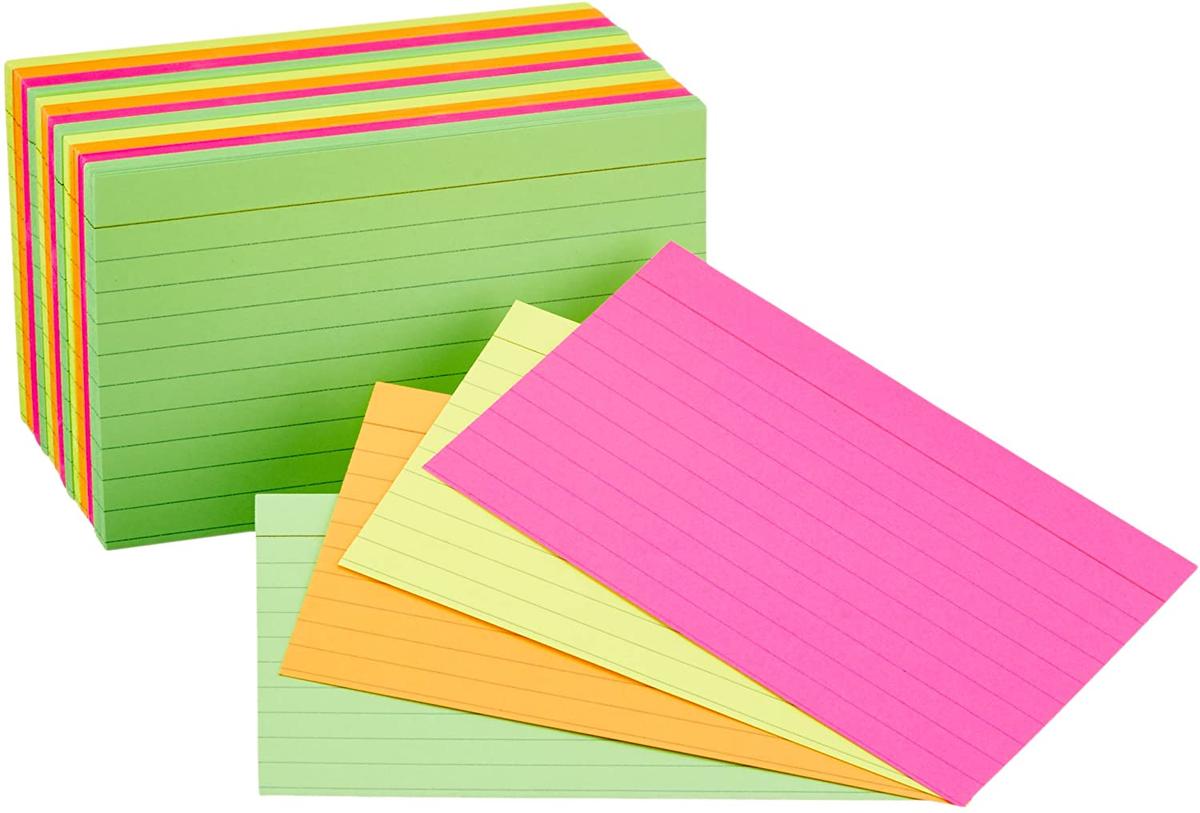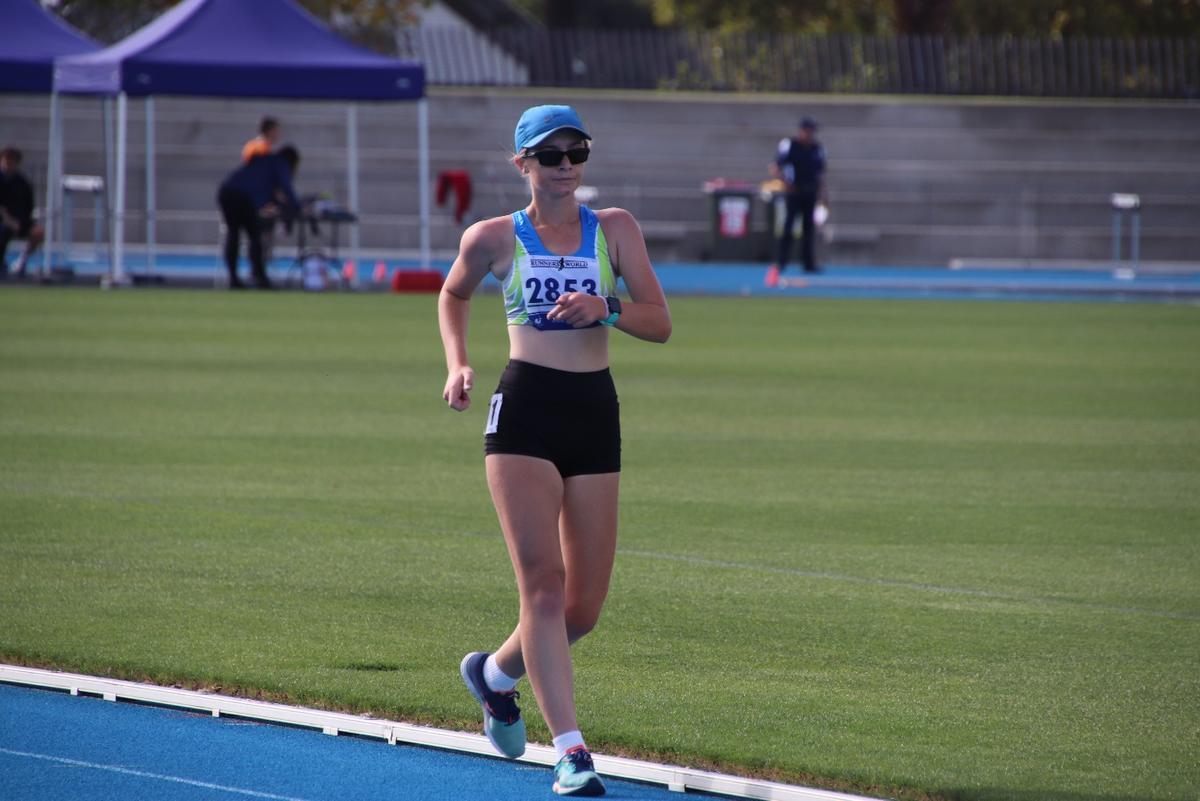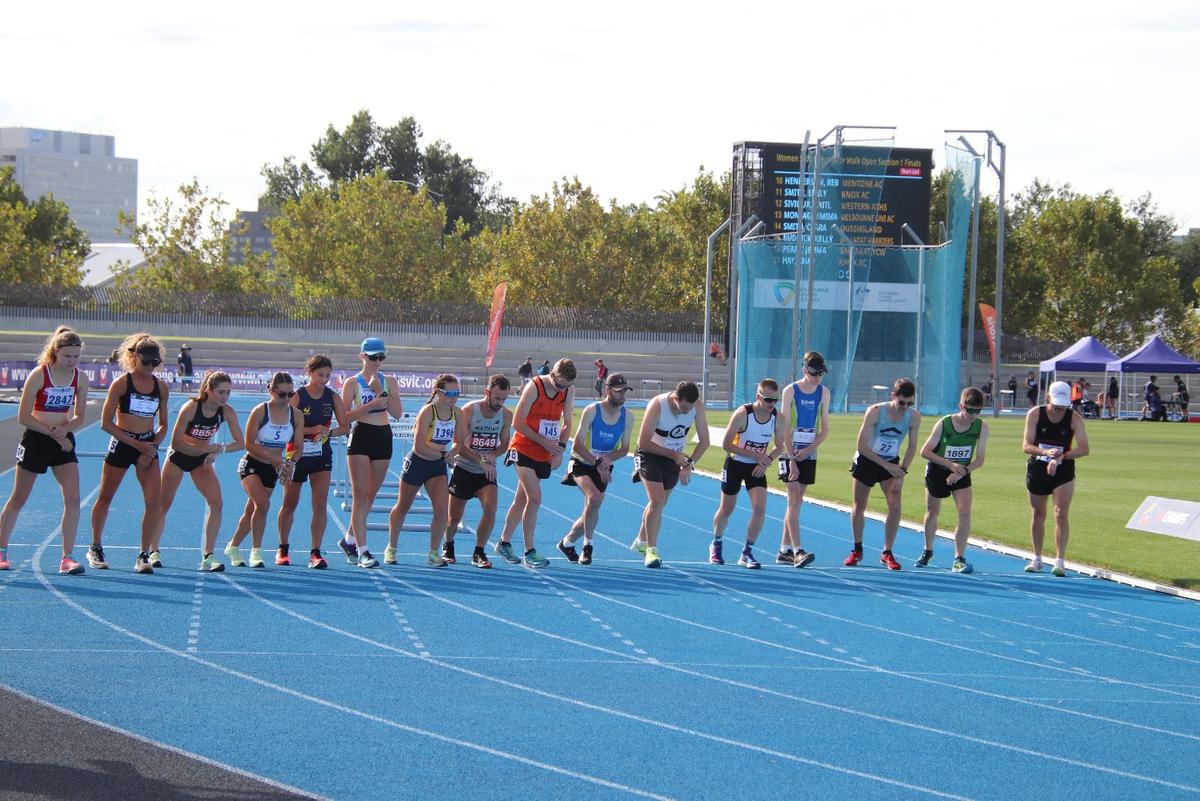Year 10

How does your child study/learn best?
For the past few weeks, I have been sharing different study skills that I am encouraging our young people to adopt to see whether these skills are useful for them or not. Every student learns and studies differently, so I encourage each student to trial different study skills to find what suits their learning best!
If your child is unsure of how they may learn best, here is a quick and simple online questionnaire that may help them begin to recognise their learning styles and study preferences: The VARK questionnaire
Flashcards
Using flashcards is one of the most common study methods, and it is the one with which many students are most familiar. Flashcards help students to engage in, or is a process wherein students actively engage in learning by stimulating memories and creating lasting connections to the material.
When they create flashcards, they should incorporate images as well as words to help improve active recall. They should also test themselves using both sides of the flashcards. Additionally, it is better that they physically write their flashcards so that they are using their own words to make learning the information easier for them! They need to ensure that what they are putting on the flashcards is information to LEARN - not just regurgitating information. Make them creative and fun! Parents and friends can help learning the concepts too!
Chunking
Our fast-paced lives and reliance on technology has made our memory fade and attention spans smaller, with the average attention span being eight seconds!
Chunking refers to the process of taking smaller pieces (chunks) of information and grouping them into bigger units. By taking smaller pieces of a larger whole, students can improve the amount remembered. If they are in the process of rolling out a complex system, they can try breaking down the major concepts into smaller topics. Look for connections to relate each unit in a relatable way. What do the items have in common? Practise going over each chunk. For example, they can repeat each subtopic to others to ensure that they retain the information.
Chunking is also a great way for people to break up study time at home. Break up the time into smaller, shorter blocks and allow for a 10-minute break in between the blocks. This will help maintain focus and concentration to maximise study and learning experience!
Student Spotlight
Emily Smith – State Athletics Championships
Emily has completed her local Summer championships with a silver medal in the U/16 girls 1500m racewalk at the Little Athletics State Championships held over the weekend at Lakeside. Emily walked a season best time of 7.32.41 and only a couple of seconds outside her PB. She also competed in the discus event at the Championships. The preparation for Nationals is now on!
In the photo above on the start line, Em is pictured next to Tokyo Olympian Bec Henderson with New Zealand's Quentin Rew on the other side of Bec. Jemima Montag (Tokyo Olympian and Commonwealth Games gold medallist) is number 5 who set a new Victorian record in the race! From the other side of the line, number 1897 is Kyle Swan, number 27 is Rhydian Cowley and number 8654 is Declan Tingay from WA who all competed at the Tokyo Olympics!
Jessica Baddeley
Level Leader:
Year 10



